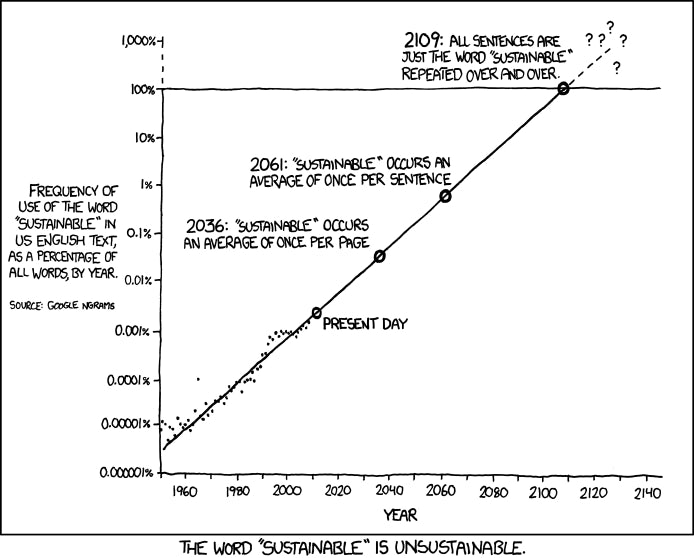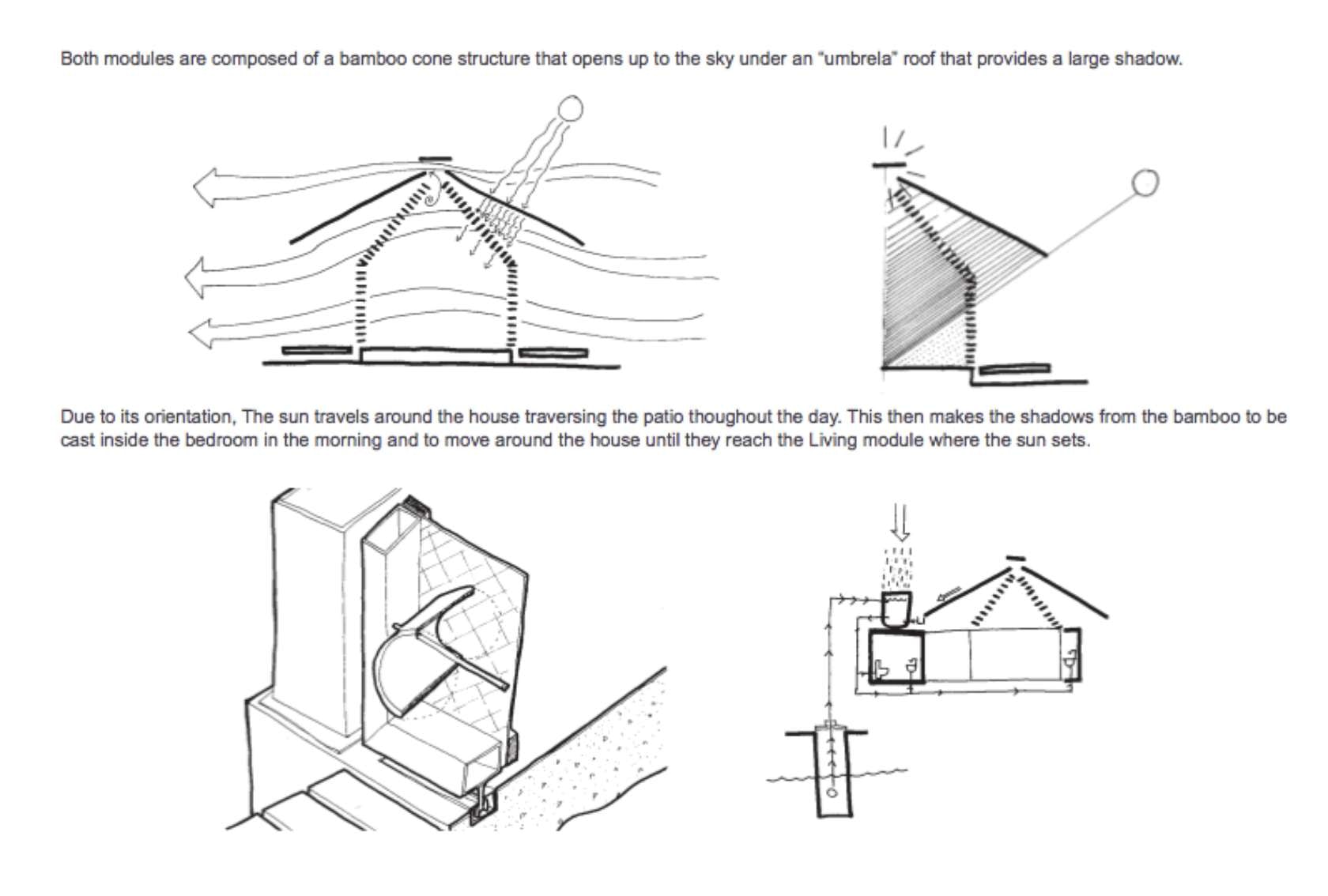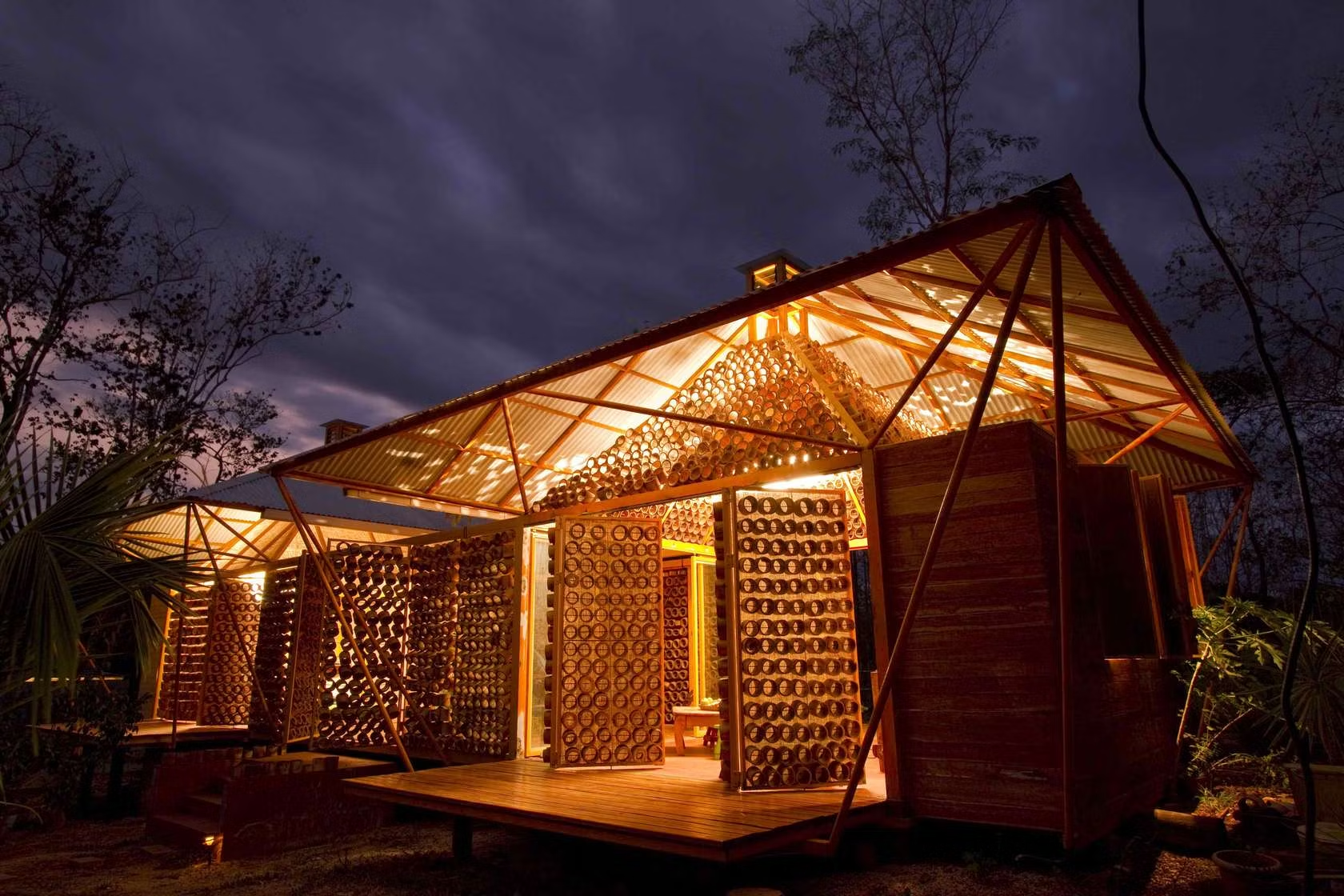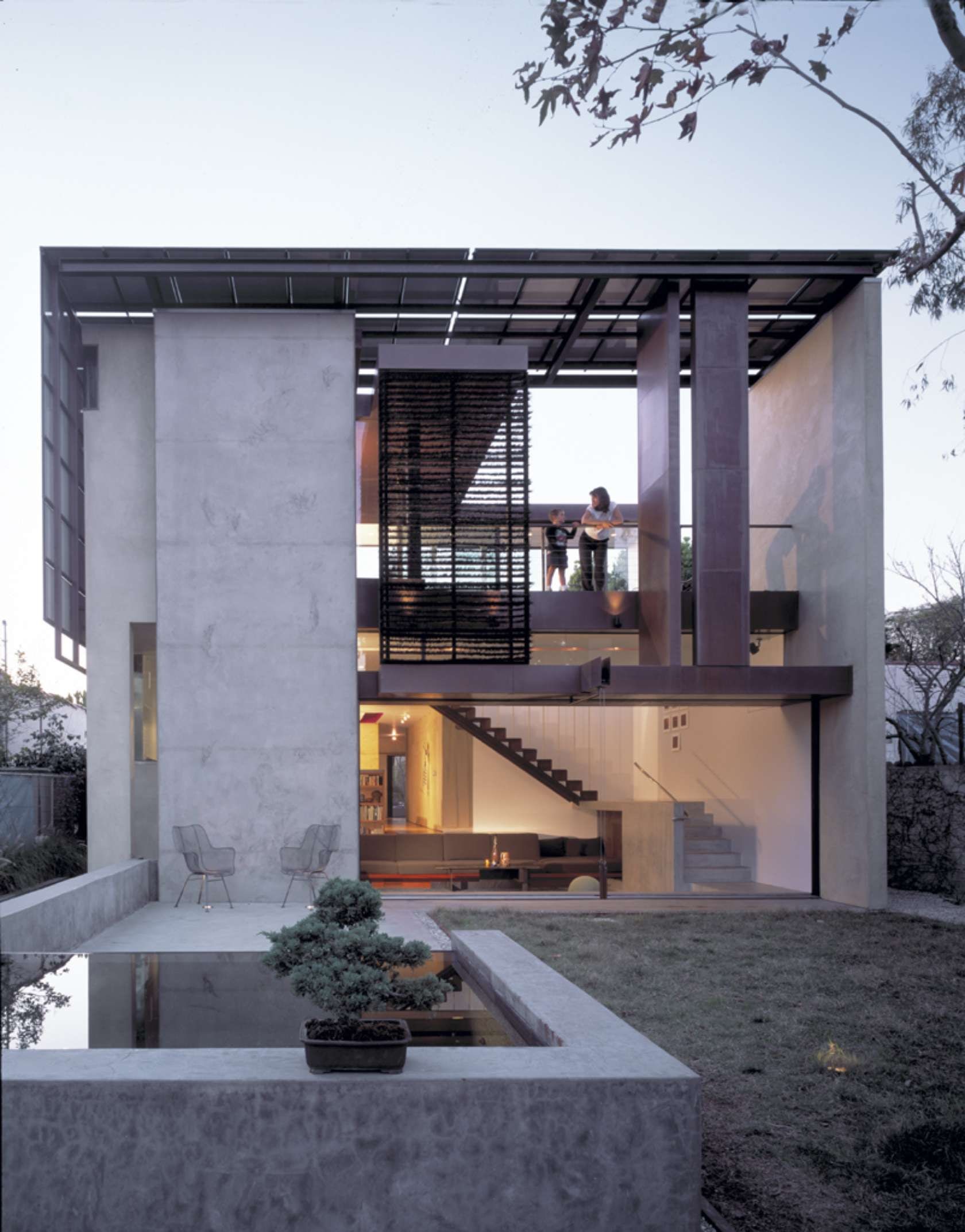Architizer Journal is reader-supported. When you buy through links on our site, we may earn an affiliate commission. Learn more
Against the backdrop of an increasingly eco-conscious population — not to mention media-fueled paranoia over global warming — there is a general consensus within the architectural profession that the astronomic rise in the use of the word “sustainability” is … well, unsustainable.

Via xkcd.
There was a time when this word was valuable and in vogue, but it has fast evolved into an overused buzzword, an all-encompassing term associated with so many aspects of architecture — environmental, social, and economic — that its impact has been diluted beyond recognition. The opening quote in the preface of Phaidon’s in-depth compilation Vitamin Green succinctly sums up the issue:
“What is sustainable design? It’s a notion that is everywhere, but no one seems to know exactly what it means.”
Aiming to put an end to this lack of clarity, the book comprises a list of 100 cutting-edge projects — chosen from a huge pool of work by leading architects, designers, curators, critics, writers, and theorists — which are considered truly sustainable works of architecture. A close examination of these projects dispels skepticism over the use of the word “sustainability” by reexamining its meaning in relation to problems pertaining to climate change, resource consumption, and waste.



Vitamin Green’s exemplars span an extraordinary range of scales, typologies, climatic conditions and geographic locations. At the smaller end of the spectrum is “A Forest for a Moon Dazzler,” a poetic title for a beautifully pragmatic structure designed by Benjamin Garcia Saxe in Guanacaste, Costa Rica. The architect’s sketches reveal a thoroughly considered approach to passive solar shading and water management, and, while the material palette (primarily bamboo) and construction method is low-tech, the resulting residence is rich with sustainable details.
While these ideas have been explored by many architects across Central and South America — as well as Southeast Asian countries such as Thailand and the Philippines — the Moon Dazzler home illustrates how stylish aesthetics need not be surrendered despite sustainable requirements and a limited budget.



While Saxe’s project taps into many of our preconceptions about sustainability — designing shading and ventilation for a tropical climate, utilizing vernacular materials, and so on — other selected projects better illustrate how advanced technologies can offer their own environmental advantages.
The aptly named Green Lighthouse is Denmark’s first CO2-neutral building and is home to the University of Copenhagen’s Faculty of Science, achieved with a holistic design approach that optimized energy efficiency. Christensen and Co Arkitekter incorporated a combination of technological features such as photovoltaic panels and adjustable louvers but also employed passive techniques — recessed doors and windows and a cylindrical form in response to the Sun’s path — to achieve net carbon emissions of zero.


In case there was any suspicion that these kinds of results are only possible within well-funded institutions, Brooks + Scarpa Architects’ private residential project in Los Angeles provides proof of the contrary. Taking inspiration from Paul Rudolph’s 1953 Umbrella House, the Solar Umbrella is also carbon-neutral thanks to a wealth of clever details that harness passive solar energy.
The structure’s low embodied energy is achieved with the help of some unusual building specifications. Homosote — an acoustic panel made from recycled newspaper — was used for cabinetry, while recycled steel panels, OSB (oriented strand board), high-efficiency appliances and fixtures, and low-VOC paint replaces less-efficient materials.


Sometimes, though, these conventional approaches — while rigorous and effective in response to their brief— are still not enough for particular unique contexts. Enter Ensamble Studio, an avant-garde firm possessing a willingness to experiment with increasingly unlikely processes in order to achieve a truly sustainable architectural paradigm.
Part architecture, part performance art, The Truffle takes the idea of sustainable design a step further, employing an outlandish, organic method of “construction”: a calf was brought in to eat away at the hay bales that had acted as formwork for a concrete dwelling. As the animal worked its way through 540 square feet (50 square meters) of food, a cave-like space emerged, which was soon transformed into a contemporary retreat with the help of a few simple fixtures and a large glass picture window facing the ocean.
While Ensamble’s quirky construction process unlikely is to be adopted worldwide in the near future, it illustrates an important point: that architects are not sitting on their laurels when it comes to preconceptions pertaining to sustainability. Such radical experiments lead to unexpected discoveries and force us to ask questions about environmental design, eco-consciousness, and “green” architecture — words and phrases we so often take for granted in contemporary design.
After years of proliferation to the point of utter linguistic futility, Vitamin Green brings a sharp new relevance to the perennial buzzword of our profession. At last, it offers hope that the use of the word “sustainability” might be sustainable once more.
Want to see more eco-conscious design? Check out Phaidon’s book Vitamin Green.
Find all your architectural materials through Architizer: Click here to sign up now. Are you a manufacturer looking to connect with architects? Click here.







 A Forest For a Moon Dazzler
A Forest For a Moon Dazzler  Green Lighthouse - Denmarks first CO2 neutral public building
Green Lighthouse - Denmarks first CO2 neutral public building  Solar Umbrella
Solar Umbrella  The Truffle
The Truffle 


